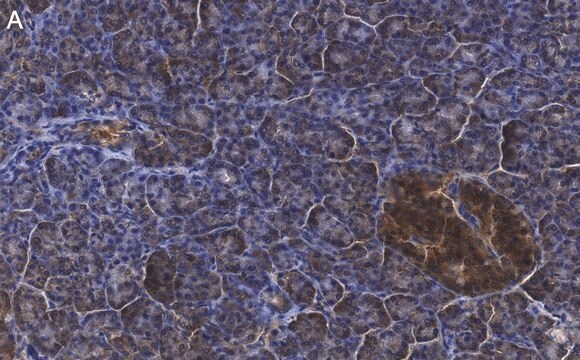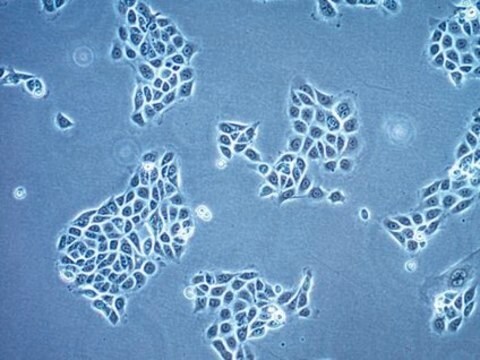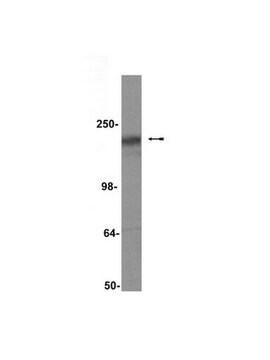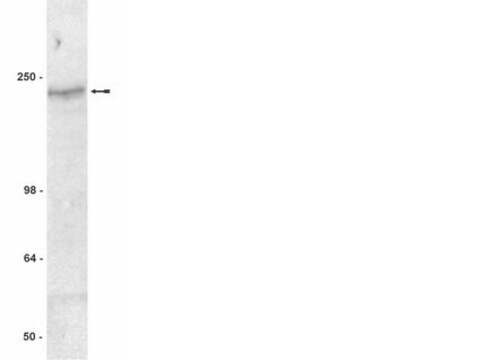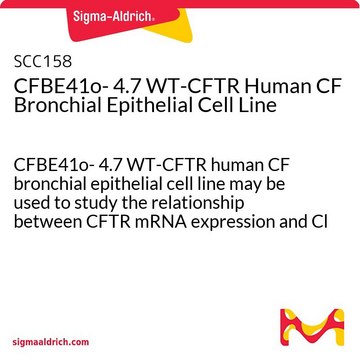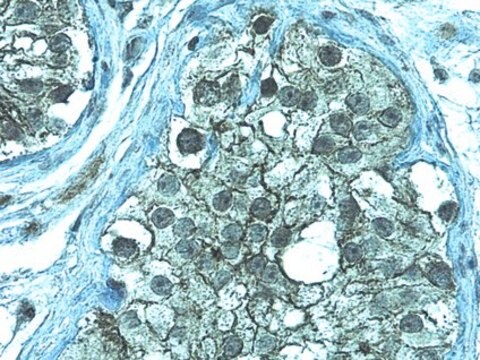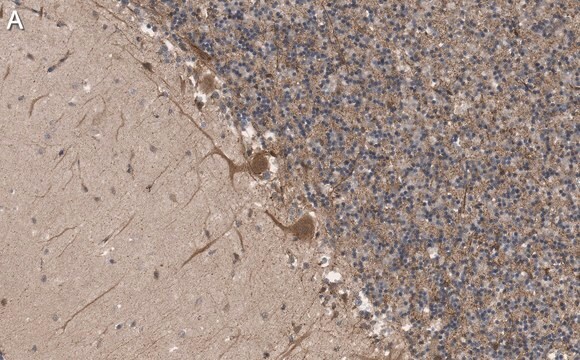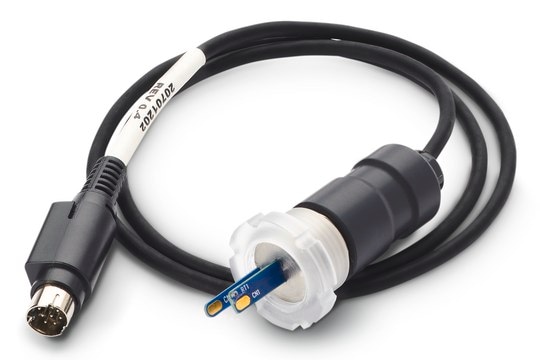MAB3484
Anti-Cystic Fibrosis Transmembrane Conductance Regulator Antibody, a.a. 386-412, clone L12B4
clone L12B4, Chemicon®, from mouse
Synonim(y):
CFTR
About This Item
Polecane produkty
pochodzenie biologiczne
mouse
Poziom jakości
forma przeciwciała
purified immunoglobulin
rodzaj przeciwciała
primary antibodies
klon
L12B4, monoclonal
reaktywność gatunkowa
human
spodziewany brak reakcji z
shark, mouse
producent / nazwa handlowa
Chemicon®
metody
immunocytochemistry: suitable
immunoprecipitation (IP): suitable
western blot: suitable
izotyp
IgG2a
numer dostępu NCBI
numer dostępu UniProt
Warunki transportu
wet ice
docelowa modyfikacja potranslacyjna
unmodified
informacje o genach
human ... CFTR(1080)
Specyficzność
Recognizes CFTR, Mr 170kDa and two additional proteins at ~ Mr 100 and 140kDa.
Immunogen
Zastosowanie
Neuroscience
Ion Channels & Transporters
Immunoprecipitation
Immunofluorescence
Note: Does not work on paraffin embedded tissue.
Optimal working dilutions must be determined by the end user.
Postać fizyczna
Przechowywanie i stabilność
Inne uwagi
Informacje prawne
Oświadczenie o zrzeczeniu się odpowiedzialności
Nie możesz znaleźć właściwego produktu?
Wypróbuj nasz Narzędzie selektora produktów.
polecane
Kod klasy składowania
10 - Combustible liquids
Klasa zagrożenia wodnego (WGK)
WGK 2
Temperatura zapłonu (°F)
Not applicable
Temperatura zapłonu (°C)
Not applicable
Certyfikaty analizy (CoA)
Poszukaj Certyfikaty analizy (CoA), wpisując numer partii/serii produktów. Numery serii i partii można znaleźć na etykiecie produktu po słowach „seria” lub „partia”.
Masz już ten produkt?
Dokumenty związane z niedawno zakupionymi produktami zostały zamieszczone w Bibliotece dokumentów.
Produkty
16HBE14o- human bronchial epithelial cells used to model respiratory epithelium for the research of cystic fibrosis, viral pulmonary pathology (SARS-CoV), asthma, COPD, effects of smoking and air pollution. See over 5k publications.
16HBE14o- ludzkie komórki nabłonka oskrzeli wykorzystywane do modelowania nabłonka oddechowego w badaniach nad mukowiscydozą, wirusową patologią płuc (SARS-CoV), astmą, POChP, skutkami palenia tytoniu i zanieczyszczenia powietrza. Zobacz ponad 5 tys. publikacji.
Nasz zespół naukowców ma doświadczenie we wszystkich obszarach badań, w tym w naukach przyrodniczych, materiałoznawstwie, syntezie chemicznej, chromatografii, analityce i wielu innych dziedzinach.
Skontaktuj się z zespołem ds. pomocy technicznej